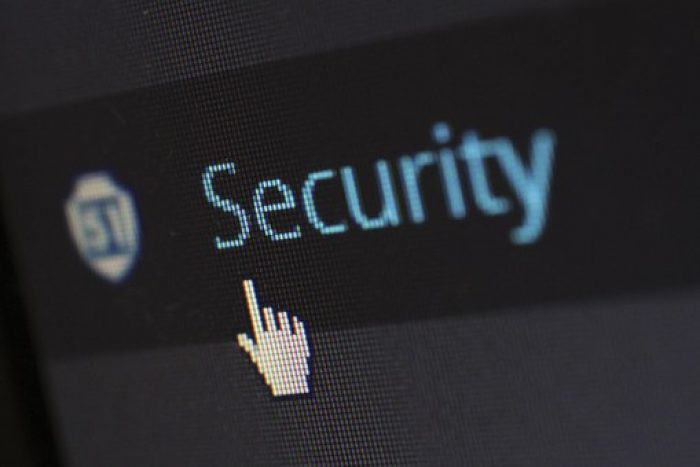When you manage a small or medium-sized business, it’s easy to let yourself believe that cybercriminals will not attack your business. You may be thinking that you’re not “big enough” or “important enough,” but the sad reality is that the U.S. Congressional Small Business Committee found that 71% of cyber-attacks happened at businesses with fewer than 100 employees. What kind of security practices does your organization have, and is it enough?
Why exactly is it that small or medium-sized businesses are attacked so often? If cyberattacks are mainly used to gain access to financial or personal data, why aren’t larger corporations a better target as they serve a larger number of clients and have more data to access?
 A recent article in CSO.com, an online news, analysis, and research company that deals with security and risk management, states that small and medium-sized businesses are now the preferred targets for cybercriminals. While larger enterprises typically have more data to steal, small businesses have less secure networks, which makes it easier to breach the network. By using automated attacks, cybercriminals can breach thousands or more of small businesses, making the size less of an issue than the network security. The lack of time, budget, and expertise for proper security is a top reason for the high rate of SMB attacks. Other reasons include not having an IT security specialist, not being aware of the risk, lack of employee training, not updating security programs, outsourcing security, and failure to secure endpoints.
A recent article in CSO.com, an online news, analysis, and research company that deals with security and risk management, states that small and medium-sized businesses are now the preferred targets for cybercriminals. While larger enterprises typically have more data to steal, small businesses have less secure networks, which makes it easier to breach the network. By using automated attacks, cybercriminals can breach thousands or more of small businesses, making the size less of an issue than the network security. The lack of time, budget, and expertise for proper security is a top reason for the high rate of SMB attacks. Other reasons include not having an IT security specialist, not being aware of the risk, lack of employee training, not updating security programs, outsourcing security, and failure to secure endpoints.
Since budgets and time are often constraining, here are three of the top security steps your company should take to prevent a data breach.
Firewalls
One of the first lines of defense in a cyber-attack is a firewall. The Federal Communications Commission (FCC) recommends that all SMBs set up a firewall to provide a barrier between your data and cybercriminals. Experts suggest not only an external-facing firewall but also internal firewalls for an added layer of protection. Remote working employees should also have this layer of security at home. Firewall software and IT support for home-based workers can be a gigantic step toward securing your SMB.
Employee Training
 Regardless of the amount and depth of security your organization has, there is always the human component that could cause a technology vulnerability. Employees should be trained on how to recognize red flags and alert the proper IT technician if vulnerabilities are spotted whether it is in an email, a line of code, or a physical safeguard that should be taken at your office. A “one-time training’” is not adequate as these cybercriminals get savvier every month. Plan regular training and updates for employees to keep security fresh in the mind.
Regardless of the amount and depth of security your organization has, there is always the human component that could cause a technology vulnerability. Employees should be trained on how to recognize red flags and alert the proper IT technician if vulnerabilities are spotted whether it is in an email, a line of code, or a physical safeguard that should be taken at your office. A “one-time training’” is not adequate as these cybercriminals get savvier every month. Plan regular training and updates for employees to keep security fresh in the mind.
Practice Regular Backups
Let’s just say that your organization is breached. Maybe data was taken, changed, or accessed. You will need adequate backups to restore your systems. A disaster recovery plan can help you plan the type of backups and when they should be done on several layers. Getting back on your feet and having complete forensics of where and what data was accessed can be expedited with a solid backup plan.
Does your organization need help with employee training, installation of firewalls, or designing a backup protocol? Call M&H Consults at 1.866.964.8324 or visit our contact us page on our site.
Categorised in: antimalware, antispyware, antivirus, back up, data breach, firewall, hacking, IT Consulting Services, Security
